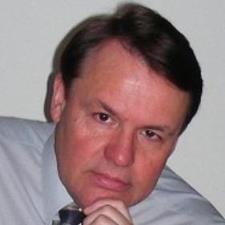Grigoriy S. answered • 12/14/21
AP Physics / Math Expert Teacher With 40 Years of Proven Success
I am sorry that cannot provide a diagram, but will explain you the issue.
First of all, you need to recall that the external force that moves any self-propelled vehicles including the cars, and the force that allow us to walk - it is static frictional force! Weird? For layperson - yes. The engine inside the car only rotates the tires, but you need the external force in order to the body to move. If you are not convinced that static friction allows you to walk, recall how it is hard for you to walk or run on an icy surface.
Now about the turns. When you turn, your centripetal acceleration directed to the center of the circle that you are making, while making a turn. Hence, the net force that acts at you at this time also has direction to the center of the circle. This is our famous static frictional force. In case of a car this force is acting on the side of the tire and has direction to the center of the circle that car experienced.
For each tires it is a limited force. It means that if you are going too fast, you could skid and have a severe car accident. In other words, for each radius and tires it is a maximum speed that you could not exceed, if you want to be safe. It is in case of horizontal road.
But if we have a banked curved road, then the role of the force, that allows the car to make a turn, played by the net force. It is directed to the center of the circle that the car is making. The net force is equal to the sum of the weight of the car (W = mg, it has direction down) and normal reaction force (N - it is perpendicular to the surface). If you add these 2 forces as vectors, the resultant force will have horizontal direction to the center of the circle and causes the centripetal acceleration of the car (it is horizontal, not parallel to the incline).
On good highways you also can see pebbles that are embedded into the surface of the banking part of the road. This allows the car to maintain even higher speed during the turn.





